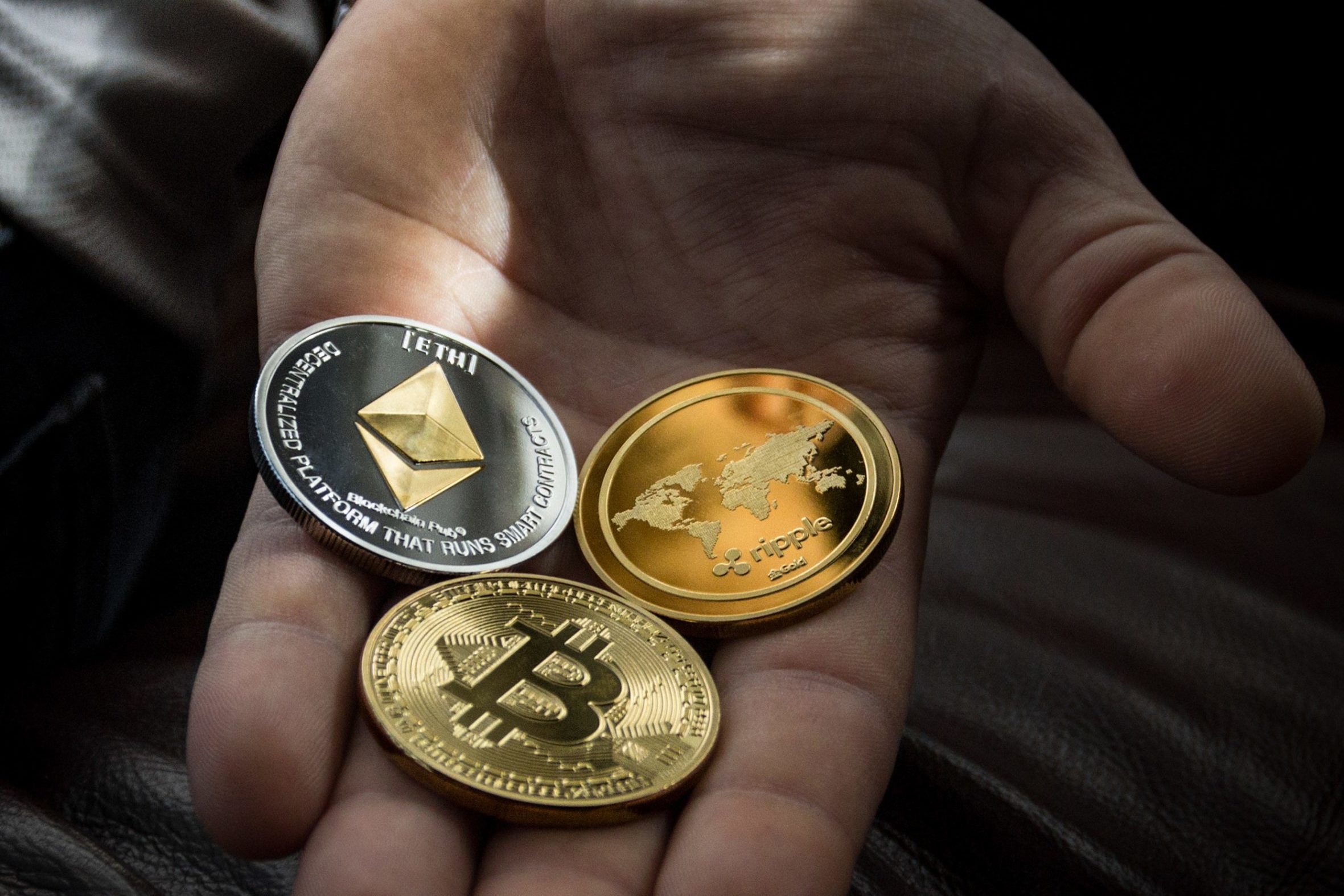3/8/2021
Non-fungible tokens, or NFTs, are a growing and recently skyrocketing cryptocurrency market. These tokens, at a high level, are a part of the Ethereum cryptocurrency blockchain. They store information on them, such as art or music, which make them different from a traditional Ethereum coin. NFTs are unique because they are non-fungible, meaning one cannot be exchanged for another – an exchange would yield something completely different.
In 2018, the entirety of the NFT market was worth around $42 million. But by the end of 2020, the market had grown to $338 million in value. Although no concrete numbers have been unveiled yet, there has been close to $310 million in sales in 2021, which will result in over five times that of the 2020 total if the trend holds. Clearly, business is booming.
Like physical commodities, when purchasing an NFT, the buyer gains access to the asset and has a record of ownership. However, an NFT also has an unerasable signature allowing it to be identified as the original, while any counterfeits can be easily identified as fake without this signature. At face value, this seems like a great way for artists to sell digital assets, and for buyers to enjoy ownership with confidence in its validity.
However, this new form of digital ownership raises major questions about what this ownership really entails. For example, an NFT as a digital music track could be sold today as a totally unique, one of one NFT. When someone purchases this track, do they now own distribution rights since it is a unique token? Or does the original creator still retain distribution and sale rights, while still being able to create new copies of the NFT if they so choose? Was this NFT sold under false pretenses if it is no longer a fully unique token, and is the buyer then owed restitution? Or, in the case of a digital photograph on a token, is there even real ownership if anyone can simply download the same image? Even after going through the process of creating and selling an NFT myself, which is surprisingly seamless, the answers to these questions are wildly unclear.
As questions like this abound, it seems that NFTs have the potential for huge discrepancies in expectations in the future. Especially given the lack of precedent, disputes about ownership may get ugly. Given the novelty of the market, is it the buyer’s or seller’s responsibility to beware of consequences? Or are both equally responsible for keeping their guards up? Do small-time artists get a pass on giving concrete rules, while corporate sellers like NBA Top Shot are required to formally lay out terms and conditions? Or is it the responsibility of an Ethereum governing body to make such rules and ensure buyers and sellers abide by them?
Although it is easy to get caught up in the hype of a new market, especially with cryptocurrency, participants must be careful both legally and ethically. Even with no such incidents yet, one incorrect action could implode the market and change the NFT landscape forever. Buyers and sellers acting with integrity and not overstepping implied ownership bounds can continue to keep the peace in the market, but setting clear, overarching rules for the market as a whole or contracts between individual buyers and sellers seems to be the direction NFTs must move towards to keep the validity of the market intact.

